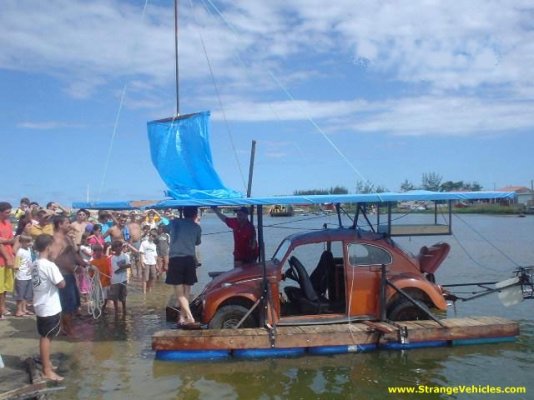FF
Guru
- Joined
- Oct 12, 2007
- Messages
- 22,552
http://ecomodder.com/wiki/index.php/Brake_Specific_Fuel_Consumption_(BSFC)_Maps
This is a site that basically is looking at fuel maps for autos .
But the VW diesel is covered and is usefull as a comparison.
<h2> Volkswagen Jetta TDI 2.0L 2009</h2>

Notice the HUGE difference att reduced power. When run in the "seeet spot " the fuel use is 196 , run at very low load its 360.
Almost 50% more. at low speeds.
The folks who wonder about the "cruise prop"* can* see the fuel difference , the difference in noise aboard and engine wear would be even greater.
These are onlt representave , each engine will be different , but at last an actual set of fuel maps can be seen.
This VW map is probably closer to what would be seen on a 50-300hp marine conversion.
<h2> Volkswagen 2.0L 5 cyl diesel</h2>

-- Edited by FF on Tuesday 14th of December 2010 06:48:53 AM
This is a site that basically is looking at fuel maps for autos .
But the VW diesel is covered and is usefull as a comparison.
<h2> Volkswagen Jetta TDI 2.0L 2009</h2>
Notice the HUGE difference att reduced power. When run in the "seeet spot " the fuel use is 196 , run at very low load its 360.
Almost 50% more. at low speeds.
The folks who wonder about the "cruise prop"* can* see the fuel difference , the difference in noise aboard and engine wear would be even greater.
These are onlt representave , each engine will be different , but at last an actual set of fuel maps can be seen.
This VW map is probably closer to what would be seen on a 50-300hp marine conversion.
<h2> Volkswagen 2.0L 5 cyl diesel</h2>

-- Edited by FF on Tuesday 14th of December 2010 06:48:53 AM


